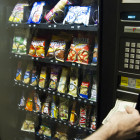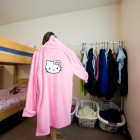
Beyond the Horrible, the Reality of Sexual Assault in Youth Detention
|
I was 18 years old when I was arrested and sent to jail. But the real hell of my life to come started on my 19th birthday, when the state shipped me off to a place called Alto, a notorious youth prison in north Georgia. There was much to fear in this place, but nothing quite frightening as much as the likelihood of sexual assault.
I knew from talking to older guys in jail, before I was sent off to Alto, that rapes were common, but nothing they told me prepared me for the reality of what I witnessed. The place (it has since been shuttered) had been built in the 1930s as a hospital. Fifty years later, it was a dilapidated house of horrors.










